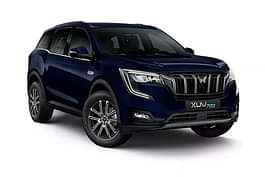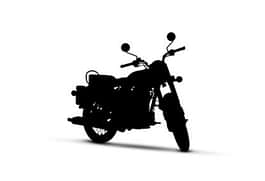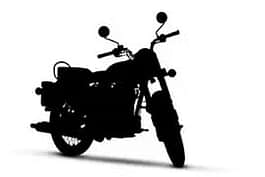
Do you know what are the advantages and disadvantages of installing bigger wheels on a car? If not, give this article a read!
The aesthetic appearance of a vehicle is determined by its fine contour lines and elements of design. However, as time passes on, the design of the vehicle could lose its ability to impress the crowd as it once did while it rolled off the factory floor. At this point, it is every man's dream to introduce cosmetic updates that could potentially improve the road presence and stance of the vehicle. One such change that every car owner would like to instigate is by fitting a new set of wheels. New wheel fitments can bring a massive change in design and styling outlooks. It gives the vehicle a fresh new appeal that instils a new perspective with regards to styling and design.
As much as it is tempting to get a new set of wheels for vehicles, there are some factors that must be taken into consideration as they have both positive and negative impacts on the performance. Since performance is seen as the vital character of a vehicle, we thought of sharing with you the Pros and Cons of Bigger Wheels on cars. But before that, let us take a look at the different aspects that must be understood before getting bigger wheels:
Also Read: Here's How to Replace Keyless Remote Battery Of Your Car
Understanding Wheel Dimensions:

There are three important aspects that need to be carefully looked at while getting a new set of wheels for your vehicle. First comes the PCD or Pitch Circle Diametre of a vehicle which is basically the spacing between the bolts. Next is the offset or how far the wheels project out beyond its centre point and finally, you would need to look at the centre borehole or the hole in the middle section of the wheel.
In short, wheel dimensions are important as they help in determining your tyre size and the corresponding alignment necessary for optimal performance output.
In the next section of our guide on Pros and Cons of Bigger Wheels on cars, let us understand the advantages and disadvantages of bigger wheels on cars:
Advantages Of Bigger Wheels On Cars:
Improves traction:
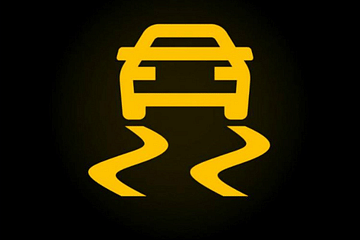
A car with a bigger set of wheels has the capability to provide improved traction when compared to smaller wheels. The reason for this is the capacity of the wheel to fit wider tyres. Wider tyres will have a better contact patch which in turn improves the stability and grip of the vehicle. Thus, bigger wheels are preferred by people to improve the vehicles capacity to corner and handle with ease.
Aesthetically appealing:
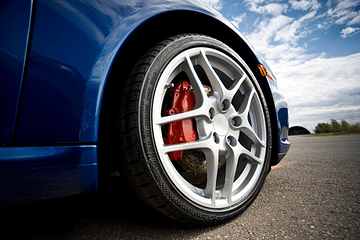
Bigger tyres and wheels provide the vehicle with a sporty stance. It gives the vehicle an aggressive look which is preferred by many car enthusiasts around the globe. Therefore, upsizing tyres and wheels will give the vehicle an overall new design outlook. Basically, wheels and tyres are like our shoes. It is not often noticed, however, at closer inspection, it gives others as well the person wearing it a new outlook.
Also Read: Top 5 Tips To Keep Your Bicycle Rust Free When Parked Outdoors
Improves cornering:
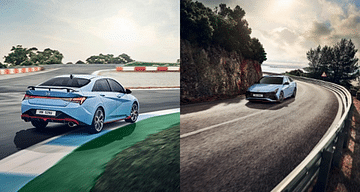
As mentioned before, wider tyres provide a better grip as the area of the tyre that connects the road surface is more. Vehicles with wider tyres can corner better as they have wider thread and stiffer sidewalls that are necessary for improving the cornering capabilities. In simple, the wider they are, the more contact patch they provide for better cornering.
Disadvantages Of Bigger Wheels on Cars:
An Increase in fuel consumption:

Fitment of larger wheels and tyres does improve traction and looks of the vehicle, however, it does cause the fuel economy figures to drop. Albeit, the difference in fuel consumption is small, the engine and its components have to put in extra work to rotate them since the wheels weigh heavier. Hence, bigger wheels will show a drop in the fuel economy figures as it makes the entire system of the vehicle work harder.
Slower steering output:
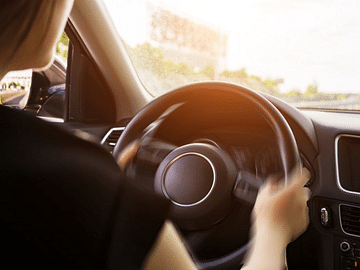
As mentioned before, bigger wheels will have more weight when compared to the stock setup. This means more contact area with the surface of the road. Though it increases traction, the load on the steering system is doubled. The steering system will have to work harder as the wheels weigh heavier causing a decrease in steering feedback. It also reduces the acceleration power of the vehicle.
Also Read: PPF Vs Ceramic Coating - Which is Better?
Error in speedometer readings:

Every vehicle's speedometer is calibrated to the standard wheels that the car comes with from the factory. By installing a bigger set of wheels, the speedometer shows an error of about 10 to 20 km/h. (depending on the size of the wheel.) It is highly recommended that you have your speedometer recalibrated in case you have installed a bigger set of wheels.
Safety warning lights on:
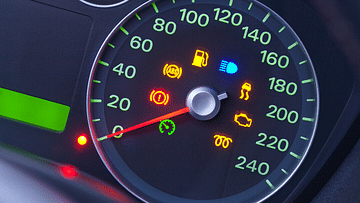
Lastly, in some cases, safety systems such as the vehicle's ABS, EBD, and traction control do not respond correctly. This is because the safety systems are calibrated for much lighter wheels. However, you can choose an aftermarket wheel that is lightweight so that you can immediately rule out this factor.
What do you think about this article on the Pros and Cons of Bigger Wheels on Cars? Please tell us your thoughts in the comment section below. Also, join our 91Wheels Telegram and 91Wheels Whatsapp group to know more about vehicles, conduct discussions on your favourite ride and much more!
